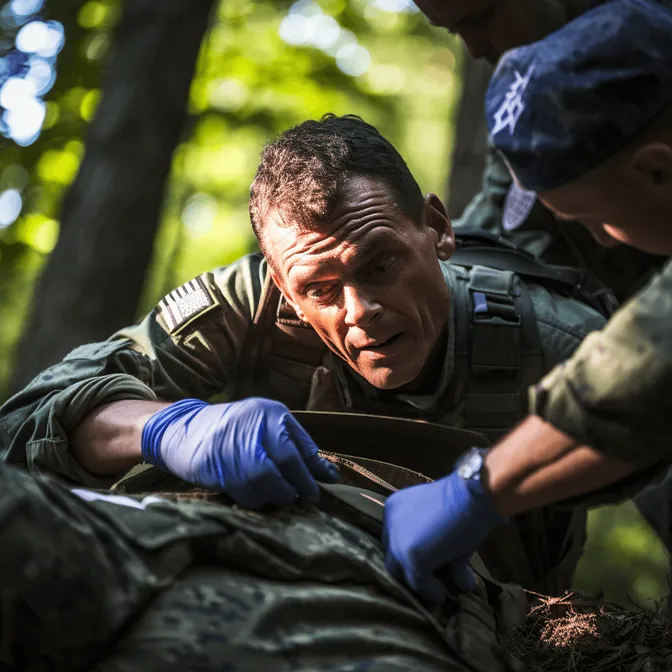In a world filled with uncertainties, one of the most crucial skills to possess is the ability to provide first aid and be prepared for emergencies. Whether it’s a minor injury at home or a natural disaster, being equipped with the right knowledge and tools can make all the difference. This article is your comprehensive guide to First Aid and Emergency Preparedness, covering essential aspects that can help you become a responsible and proactive individual.
Why First Aid and Emergency Preparedness Matters
Protecting Lives and Reducing Suffering
Emergencies can happen at any time and anywhere. Whether it’s a sudden cardiac arrest, a choking incident, a severe cut, or a natural disaster like a hurricane or earthquake, knowing how to respond effectively can protect lives and reduce suffering. First aid is not only about providing medical care; it’s about lending a helping hand when it’s needed the most.
Being Proactive, Not Reactive
When it comes to emergencies, the key is to be proactive, not reactive. Preparedness means you’re ready for the unexpected, and you have a plan in place. This can be the difference between life and death, especially when professional medical help may not be immediately available.
First Aid Basics
ABCs of First Aid
- A- Airway: Ensure that the person’s airway is clear. If they are choking, perform the Heimlich maneuver.
- B- Breathing: Check for breathing. If the person is not breathing, begin CPR.
- C- Circulation: If there is no pulse, start chest compressions. Continue CPR until professional help arrives.
Handling Common Injuries
Cuts and Scrapes
- Clean the wound with mild soap and water.
- Apply an antiseptic ointment.
- Cover with a sterile bandage. Burns
- Run cool water over the burn for at least 10 minutes.
- Cover with a sterile, non-stick bandage.
Fractures
- Immobilize the injured area with a splint.
- Seek professional medical attention.
Emergency Preparedness
Creating an Emergency Kit
An emergency kit is a vital component of preparedness. It should include:
- Non-perishable food and water for at least three days.
- Flashlights, batteries, and a portable phone charger.
- First-aid supplies.
- A multipurpose tool.
- Copies of important documents (ID, insurance, medical records).
- Medications and personal hygiene items.
- Cash.
Family Emergency Plan
Develop a family emergency plan that covers:
- Meeting points.
- Emergency contacts.
- Evacuation routes.
- Communication methods.
Staying Informed
Stay informed about local hazards and emergency alerts through:
- Weather radios.
- Smartphone apps.
- Local news sources.
Training and Certification
Consider taking first aid and CPR courses to enhance your skills. Many organizations offer these courses, and having a certification can be valuable in emergencies.
Conclusion
First aid and emergency preparedness are not just skills; they are a mindset. By being prepared, you can be the first line of defense in a crisis, ensuring the safety and well-being of your loved ones and yourself. Remember, emergencies can happen to anyone, anywhere, at any time. By following the tips and guidelines in this article, you are taking a significant step towards being a responsible and prepared individual.

